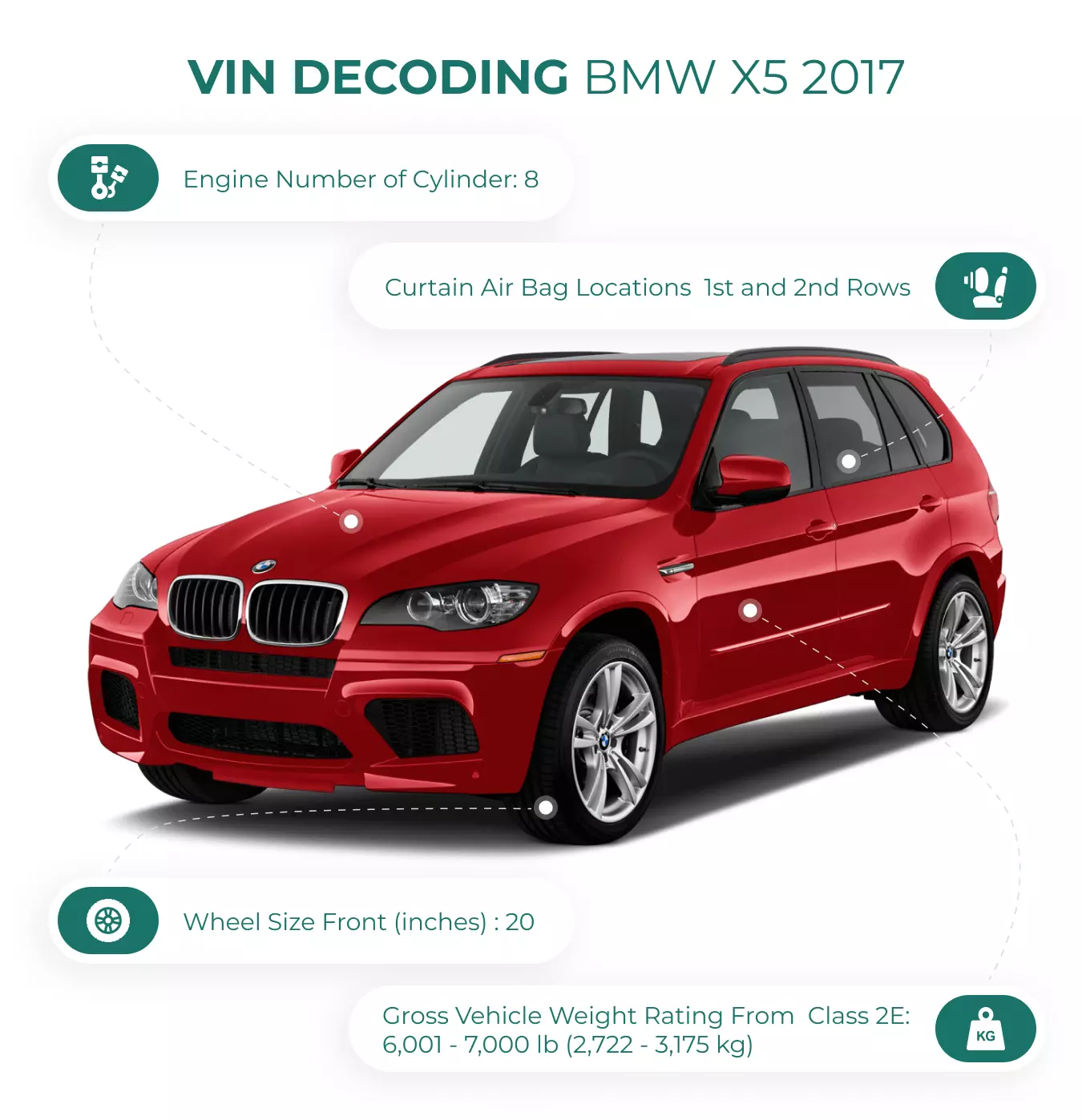VIN Decoder
A Vehicle Identification Number (VIN) Decoder is an invaluable tool that enables users to obtain essential information about a vehicle by decoding its unique 17-character VIN. For users of API Auto Auctions, understanding what a VIN Decoder is and how it works is crucial to fully harness the power of our advanced API services.
Our easy-to-use VIN Decoder API web service allows users to effortlessly integrate our VIN decoding capabilities into their existing systems or applications.
In conclusion, a VIN Decoder is an essential tool for obtaining accurate and reliable information about a vehicle. For API Auto Auctions users, our advanced VIN Decoder API service provides comprehensive vehicle data from industry-leading sources, empowering users to make informed decisions when purchasing or selling vehicles or developing automotive-related applications.
